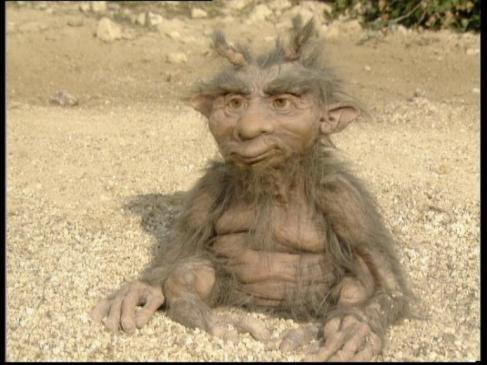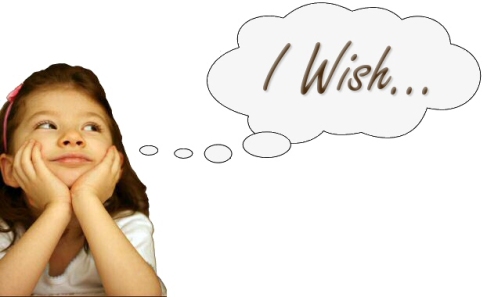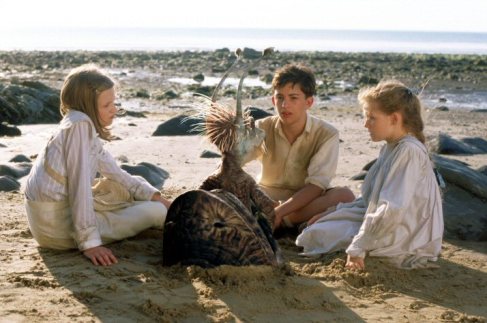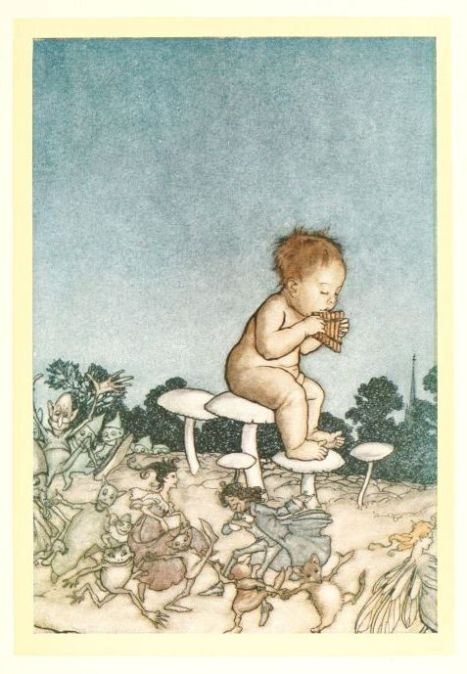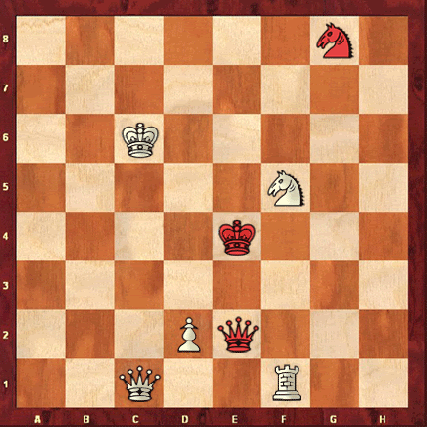Is it without second thought to realize that Winnie-the-Pooh has been a well-known piece of work for nearly a century. It has revolutionized the entire genre of children’s novels, that authors have striven to emulate and should strive to emulate. In fact, this text has had such a huge, positive impact on the world that it has had a great deal of adaptations, including: theatre, audio, radio, film, and television. I would like to expand on all of these subsections of popular culture.
In terms of theatre, there have been two plays adapted from the original text, one called “Winnie-the-Pooh at the Guild Theatre” in 1931, and more recently one called “Bother! The Brain of Pooh” in 1986, which was a one-man show, which is pretty interesting. In terms of audio, Pooh stories were read in different decades by many different people, including: Maurice Evans, Peter Dennis, and, David Benedictus. In two different instances, famous celebrities, Carol Channing and Stephen Fry both were involved with Winnie-the-Pooh. In terms of radio, Winnie-the-Pooh was debuted in England almost 7 years before it was debuted in the United States.
In terms of film, Disney has had a number of adaptations, which were divided into theatrical featurettes and full-length theatrical features, the former being short films, that had varying success. The Soviet Union also had film adaptations, and made a trilogy. The aspect that is interesting about the Soviets, is that unlike Disney, the animation team made a new look for every character, and did not base their ideas on illustrations of Shepard. They played close attention to the original work by Milne, and utilize specific characteristics representative of the characters’ personalities that Disney neglected to do. In terms of television, Winnie-the-Pooh was separated into television shows, Holiday TV specials, direct-to-video shorts, and direct-to-video features.



